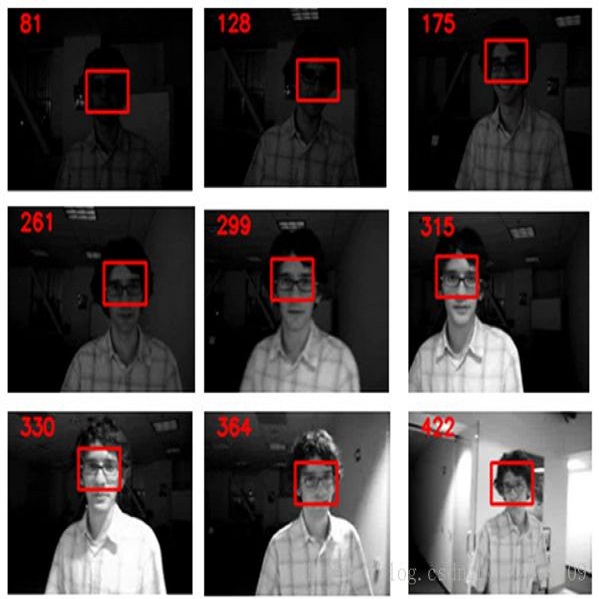Object tracking is one of the foremost assignments in computer vision that has numerous commonsense applications such as traffic monitoring, robotics, autonomous vehicle tracking, and so on. Different researches have been tried later a long time, but since of diverse challenges such as occlusion, illumination variations, fast motion, etc. researches in this area continues. In this paper, different strategies of the following objects are inspected and a comprehensive classification is displayed that classified the following strategies into four fundamental categories of feature-based, segmentation-based, estimation-based, and learning-based methods that each of which has its claim sub-categories. The most center of this paper is on learning-based strategies, which are classified into three categories of generative strategies, discriminative strategies, and reinforcement learning. One of the sub-categories of the discriminative show is deep learning. Since of high-performance, deep learning has as of late been exceptionally much consider. Finally, the different datasets and the evaluation methods that are most commonly used will be introduced.
翻译:计算机视觉中的物体跟踪是计算机视觉中最重要的任务之一,它有许多常识应用,如交通监测、机器人、自主车辆跟踪等。后来进行了很长时间的不同研究,但由于该领域的封闭性、照明变异、快速运动等多种挑战继续存在,因此在这方面的研究仍在继续。在本文件中,对下列物体的不同战略进行了检查,并展示了全面分类,将下列战略分为四个基本类别,即基于地貌的、基于分层的、基于估计的和基于学习的方法,每个类别都有其索赔的子类别。本文的中心是基于学习的战略,分为三类基因化战略、歧视性战略和强化学习。歧视性表演的一个子类是深层次学习。由于高绩效,深层次的学习到很晚才得到特别的考虑。最后,将采用不同的数据集和最常用的评价方法。




